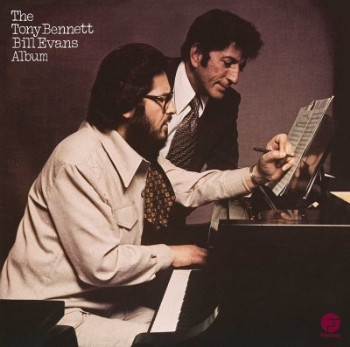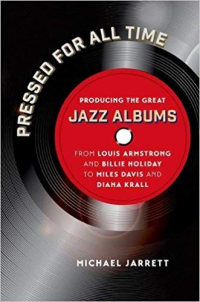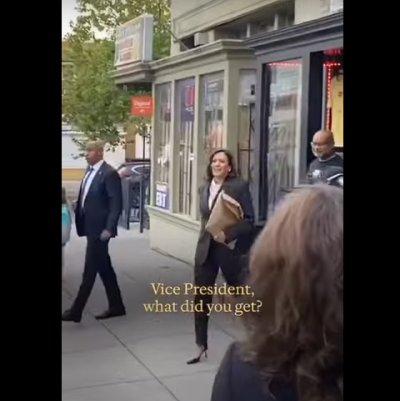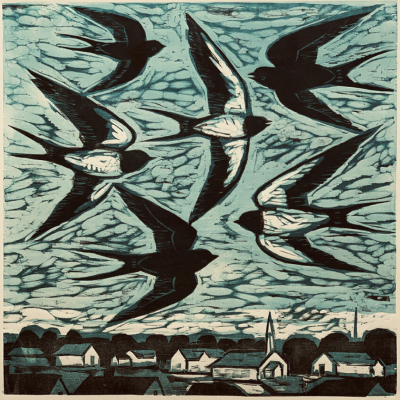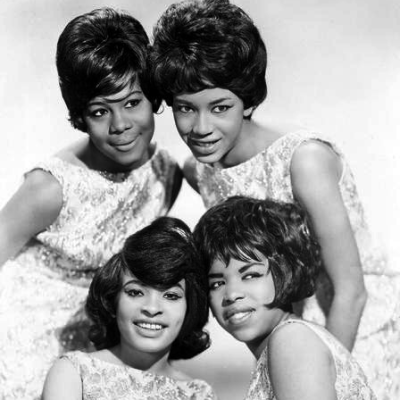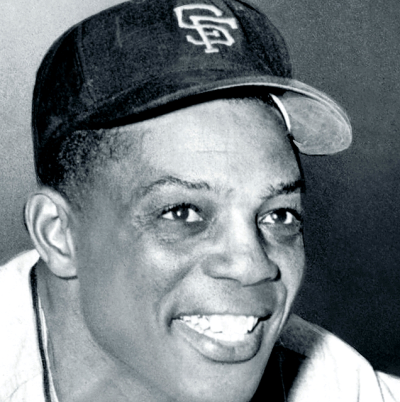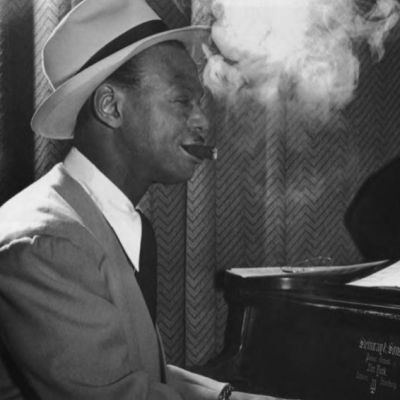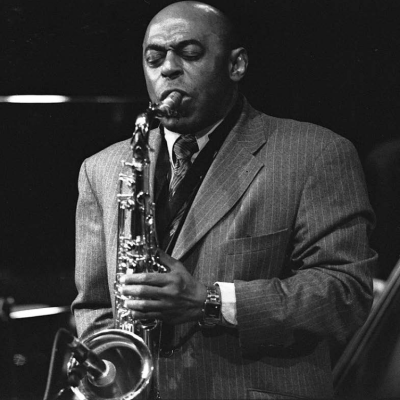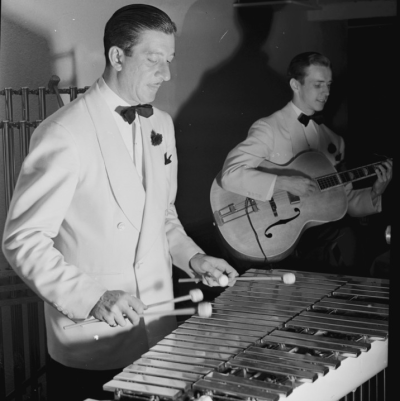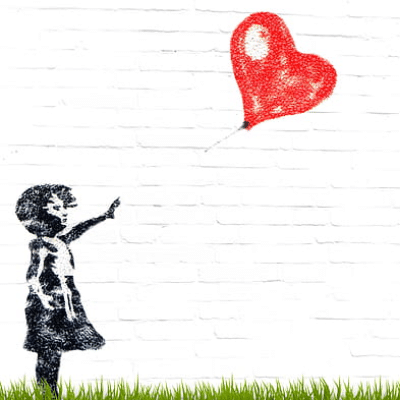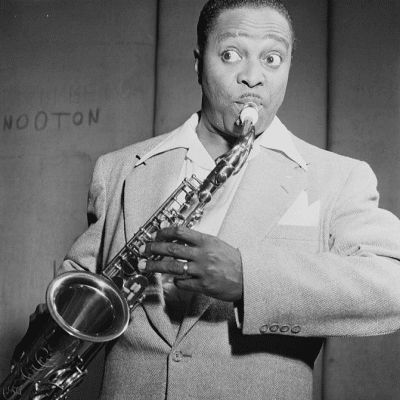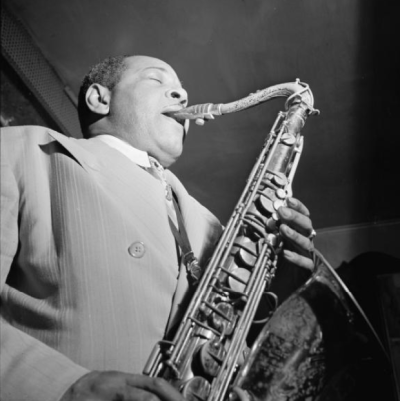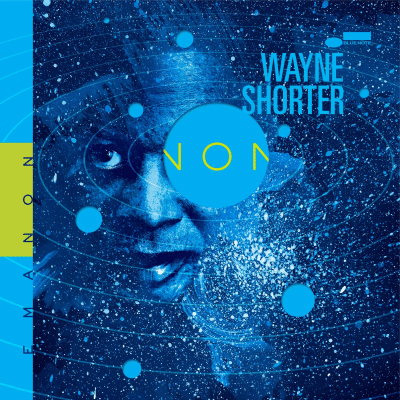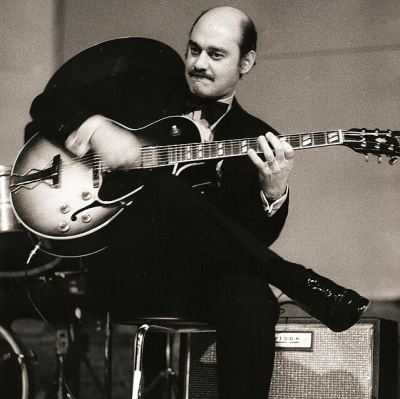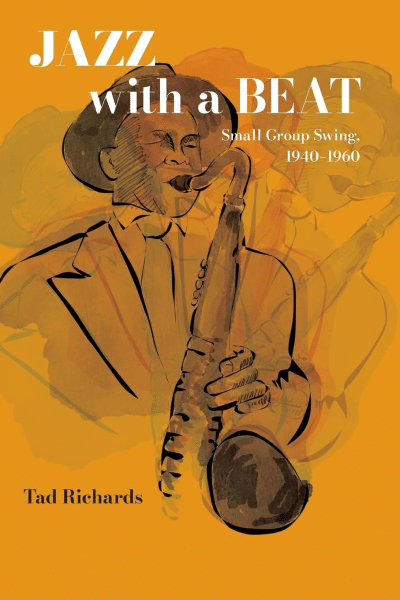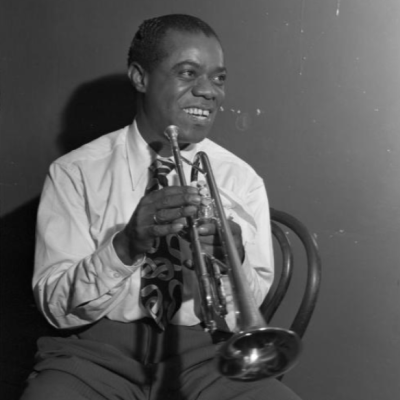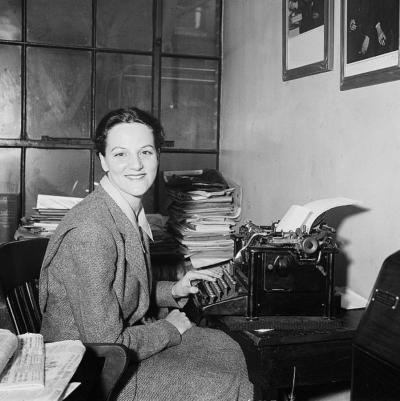.
.
Drawn from interviews with prominent producers, engineers, and record label executives, Michael Jarrett’s Pressed For All Time: Producing the Great Jazz Albums is filled with interesting stories behind some of jazz music’s most historic, influential, and popular recordings. In cooperation with Jarrett and University of North Carolina Press, Jerry Jazz Musician will occasionally publish a noteworthy excerpt from the book.
.
In this edition, producer Helen Keane tells Jarrett about how the collaboration of Tony Bennett and Bill Evans began, culminating in the 1975 recording, The Tony Bennett/Bill Evans Album. They also worked together on another album, Together Again, recorded in 1977
.
.
.
.
___
.
.
.
Before working as a producer and manager, during the 1950’s Helen Keane was a talent scout for MCA Records and CBS Records. As a manager and producer, her clients included Art Farmer, Kenny Burrell, and Morgana King. Her most famous client was Bill Evans, who she worked with from 1963 – 1980.
.
___
.
…..It was my idea. Tony and Bill had been casual friends for a long time and great admirers of each other. Tony, who became a very close friend of mine, was always a jazz fan. A man named Jack Rollins became Tony’s manager. He was also Woody Allen’s manager. Jack and his wife are my closest friends. And I guess that’s what brought the idea to mind.
…..Because Jack was managing Tony, I said to myself, “Wouldn’t it be wonderful if they recorded together?” So I called up Bill and said, “What would you think?”
…..“I’d love it!” he said, but he added, “I’ll tell you how I’d want to do it.”
…..“How?”
…..“Just the two of us.”
…..So that part was his idea. Their recording together was my idea. Then I called Jack, and he called Tony. Tony said, “Absolutely.” And that’s how it happened. They did two albums together.
…..Did you discuss repertoire with them, or did they work that out?
…..The first album, I picked all the tunes. The two of them were so nervous about pleasing each other that neither one would say what they wanted to do. So I said, “Here’s a list. Take a look.” The last tune that I picked was a tune called “We’ll Be Together Again.” The night before I flew to the Coast to do the date, I went to see Bette Midler in her one-woman show called Clams on the Half Shell. In one section she came out alone – she and Lionel Hampton – and sang “We’ll Be Together Again.” I said, “We have to do this tune.” So I had a lead sheet messengered to me the next morning before I went to the airport. When I got out there [to California] I didn’t know if either one of them liked it, knew it, or anything. They both reacted very positively and said they would love to do it. And then the second record, of course, was called Together Again.
…..And they recorded together in the studio, no multitracking?
…..Are you kidding? They were standing right there in the studio together – both times.
.
*
.
.
.
Listen to “We’ll Be Together Again” from The Tony Bennett/Bill Evans Album
.
.
Listen to “You Don’t Know What Love Is” from Together Again
.
.
_____
.
.
From Pressed for All Time: Producing the Great Jazz Albums from Louis Armstrong and Billie Holiday to Miles Davis and Diana Krall. Copyright © 2016 by Michael Jarrett. Published by the University of North Carolina Press. Used by permission of the publisher. www.uncpress.unc.edu
.
.
___
.
.
photo by Pamela Jarrett

Most of Michael Jarrett’s writing on jazz production appeared in Pulse!, Tower Records’ magazine. His day job, however, was professor of English at Penn State University (York Campus). In addition to .Pressed for All Time, his book about jazz record production, Jarrett wrote. Drifting on a Read: Jazz as a Model for Writing; .Sound Tracks: A Musical ABC; and .Producing Country: The Inside Story of the Great Recordings. He is now retired. He and his wife live in the village of Ojochal, on the southern Pacific coast of Costa Rica.
.
.
.




